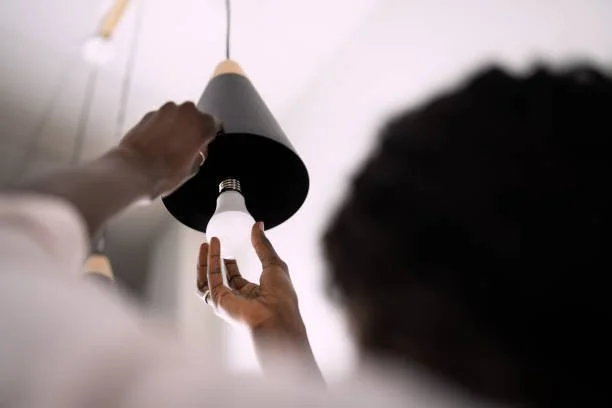The Vital Role of a Plumber in Commercial Building Maintenance
RH Business Marketing Solutions
Commercial buildings are intricate systems of functionality and efficiency, requiring meticulous attention to detail for their smooth operation. Among the crucial personnel in maintaining these structures are plumbing experts, whose role goes beyond fixing leaks and unclogging drains. They play a pivotal part in ensuring the overall operational flow of a commercial building.
1. Systematic Inspection and Maintenance:
These experts begin their role by conducting systematic inspections of the building's plumbing infrastructure. This involves examining pipes, fixtures, water heaters, and sewage systems to identify any existing or potential issues. Regular maintenance schedules are devised to prevent costly breakdowns and disruptions to business operations.
2. Emergency Response and Repairs:
One of the primary responsibilities of a commercial building plumber in Lakeland, FL, is to respond swiftly to emergencies such as burst pipes, leaks, or sewage backups. Their expertise in diagnosing problems and implementing immediate repairs helps minimize damage and restore functionality promptly, preventing further inconvenience to tenants or customers.
3. Water Conservation and Efficiency:
In today's environmentally conscious era, they also play a critical role in promoting water conservation and efficiency within commercial buildings. They install and maintain water-saving fixtures such as low-flow toilets, faucets, and irrigation systems, contributing to reduced water consumption and operational costs for building owners.
4. Compliance with Regulations:
Commercial building plumbing personnel must stay abreast of local, state, and federal regulations concerning plumbing systems. They ensure that the installations and repairs meet the necessary standards, avoiding potential legal issues and ensuring the safety and well-being of building occupants.
5. Collaboration with Other Maintenance Teams:
They work collaboratively with other maintenance teams within commercial buildings, such as HVAC technicians and electricians. This interdisciplinary cooperation ensures that all systems function harmoniously, maximizing building efficiency and minimizing downtime.
6. Upgrading and Modernization:
As technology advances, they play a vital role in upgrading and modernizing plumbing systems within commercial buildings. This may include integrating smart technology for remote monitoring, leak detection, and automated maintenance, enhancing overall efficiency and cost-effectiveness.
7. Preventive Strategies for Longevity:
Beyond reactive repairs, these experts also implement preventive strategies to prolong the longevity of plumbing infrastructure. This includes routine inspections, cleaning of drains and pipes, and proactive replacements of aging components, ultimately reducing the likelihood of major breakdowns.
In conclusion, plumbing personnel's role in commercial building maintenance is multifaceted and indispensable. From systematic inspections and emergency repairs to promoting water conservation and compliance with regulations, they contribute significantly to the smooth functioning and longevity of commercial structures. Their expertise, attention to detail, and proactive approach ensure operational flow and tenant satisfaction, making them integral members of the building maintenance team.
Discover the transformative impact of professionals from Vanguard Plumbing Services, specializing in comprehensive drain cleaning in Lakeland, FL, and commercial building maintenance. Contact their proficients at 863-271-7988 for unparalleled service!










